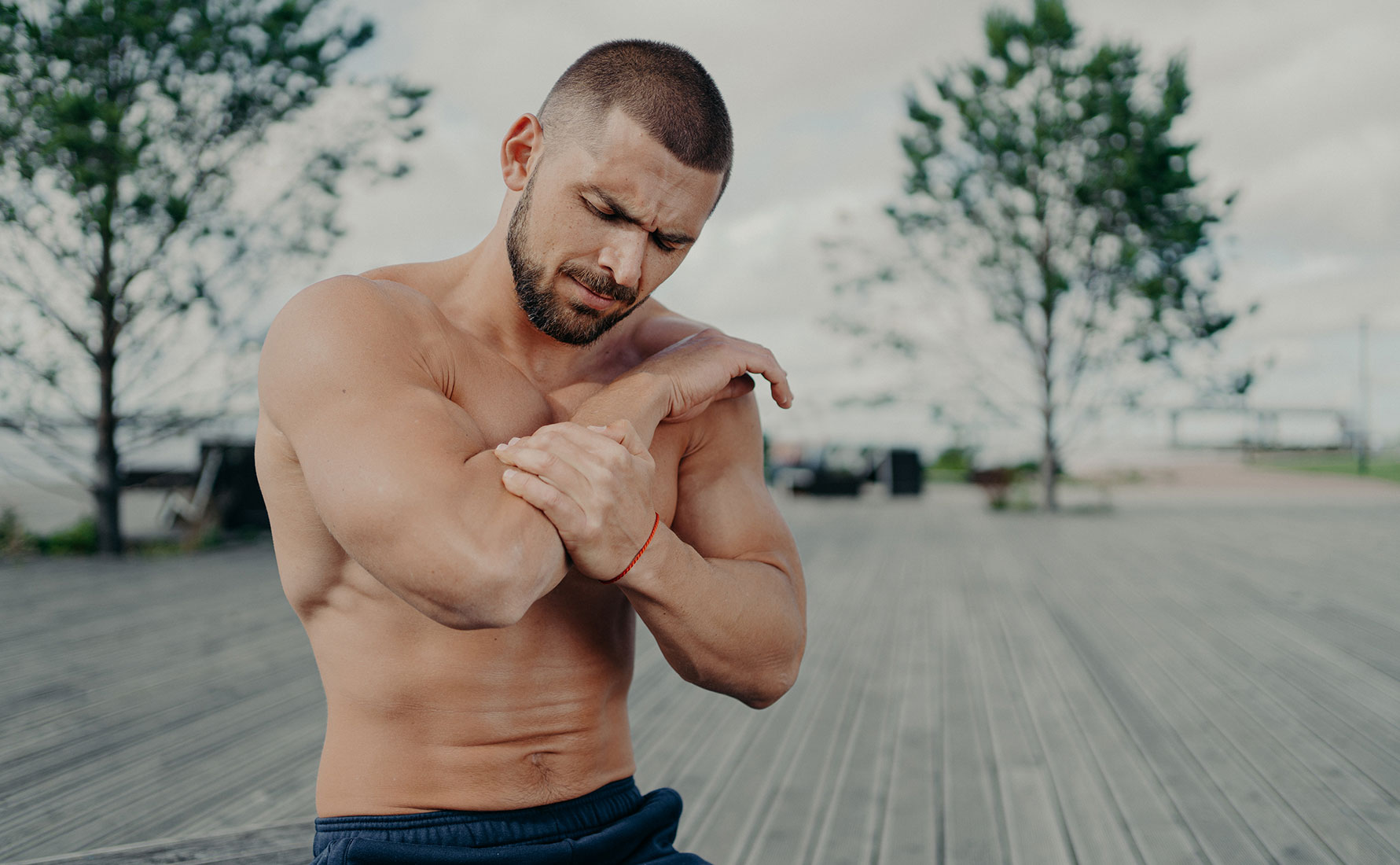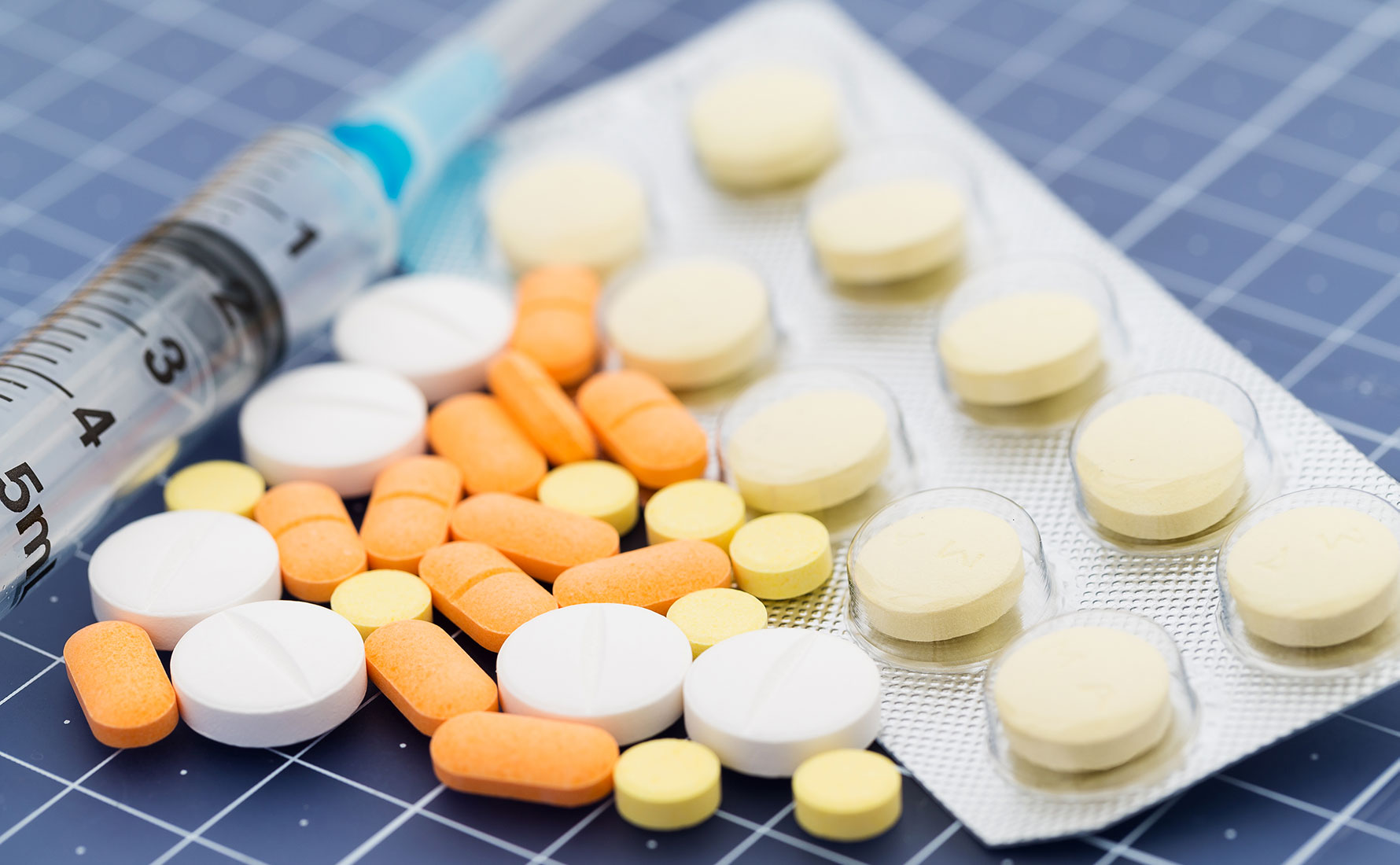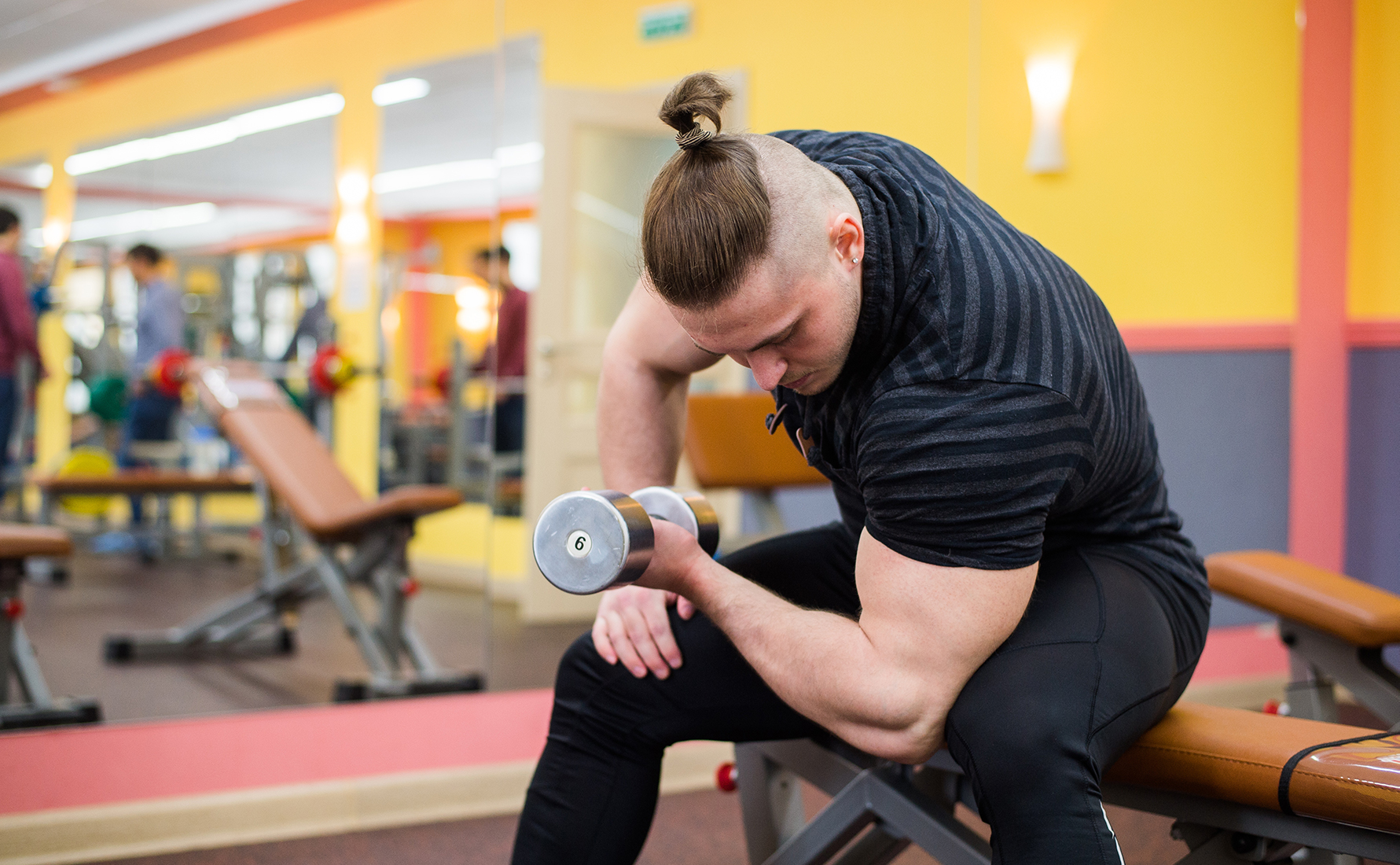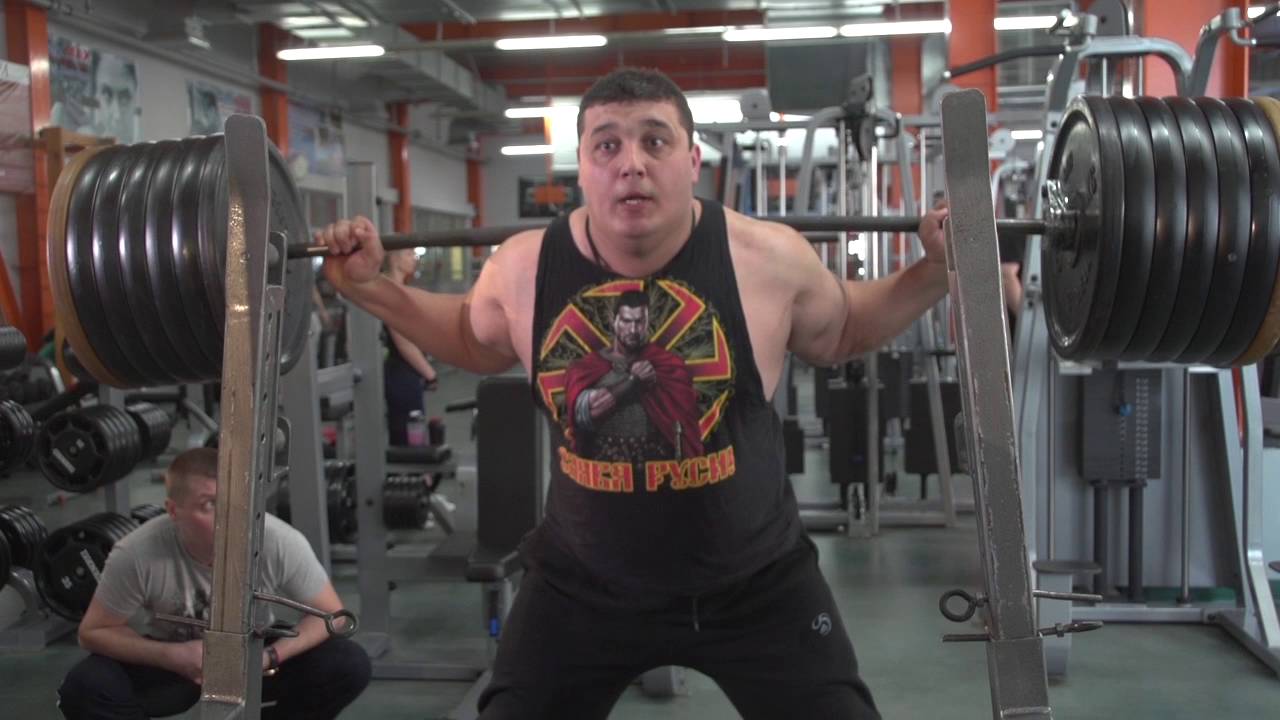Athletes who actively develop their bodies in bodybuilding face many troubles. But, perhaps, the leading positions here are occupied by two misfortunes: the first is male gynecomastia in bodybuilders, which we will talk about in detail later, and the second is the disruption of the reproductive system. And if impotence among bodybuilders is more fiction than true, then the second ailment is quite real and can really threaten an athlete who cares about the state of his body and the development of physical form.
What is Gynecomastia?
To begin with, in order to introduce you to the course of the matter, we will present a little theory – we will tell you about the essence of the problem and its development, and only then we will move on to the types and solutions.
So, gynecomastia is a benign enlargement of the mammary glands in men, usually accompanied by hypertrophy of adipose tissue and the glands themselves. Why benign? Because malignant enlargement of the breast (mammary glands) is nothing more than cancer, which is characterized by different signs and is treated in other ways.
However, breast cancer in athletes, and in general in the stronger sex, is rare, but gyno, according to research data, is a frequent guest, and very frequent. According to statistics presented by the World Health Organization (WHO), from 30 to 50% of perfectly healthy adult men are subject to this deviation to one degree or another (note that the size of the enlargement of the glands can vary from man to man – usually from 1 to 10 cm, on average – about 4 sentiments).
Translated from the Latin language, the disease gynecomastia, which is often found in athletes in bodybuilding, means “female breast”, which is quite consistent with the nature of the disease. The first written mention of it dates back to the 14th century, although this information is unlikely to be useful to us. Let us clarify only that from the described deviation, apparently, men have suffered at all times, and not only in our days, when the use of anabolic steroids began.
It is important to say that gyno of the breast can occur not only in adults, but also in adolescent boys (the so-called adolescent or pubertal), which is characterized by a slight increase in the mammary glands and pain, especially when touched. It manifests itself during puberty and in most cases is nothing terrible (usually, treatment does not require, at least, surgical intervention, and eliminates itself after a while).

How to Tell if You Have Gyno?
The question is not as difficult as it might seem. It is determined by touch as a visible and palpable enlargement of the mammary gland. Its size can be different – from 1 to 10 cm, on average it does not exceed 4 centimeters. Outwardly, it could be characterized as a small female breast. In most situations, the deviation develops smoothly. It all starts with a slight itching, sometimes tingling sensation, in the nipples (it may not be). But if, when palpating, you find a seal, even if it is small, then it is time to sound the alarm and start treatment, or turn to specialists for help (the most adequate option).
Note that male gynecomastia, observed in bodybuilders, and not only, usually has three distinct stages of development:
The first stage is the so-called developing gyno of the breast, which lasts about 4 months. Her character is reversible, that is, with adequate treatment, the enlarged mammary gland can return to its original size;
The second stage is intermediate gynecomastia, lasting from 4 months to 1 year. During this period of time, tissue “maturation” is observed. Reversal of the disease is still possible, but treatment is unlikely to be successful;
The third stage is fibrous gyno. The final stage, during which the formation of “mature” connective tissue occurs, is also observed selective deposition of adipose tissue. It is impossible to cure such a form by conventional methods, that is, the disease at this stage takes on an irreversible and rather dangerous nature.
From the point of view of practice, the most compliant treatment is stage 1, which is obvious. It is during its course that the gynecomastia of the breast is an easily removable disease that can be eliminated by simple application of pharmacology (we will talk about the methods of struggle a little later). In the second stage, the described ailment can also be eliminated, however, the chances of success are small.
Types of Gynecomastia
Now let’s move on from the basics to the classification. In medical practice, it is customary today to distinguish the main types of gyno, there are only three of them, but the second type is divided into two more subtypes, so we can say that there are only four of them. We will talk about them now.
Type 1 is a true gynecomastia consisting only of a gland. The entire area in the retroareolar space up to the fascia of the pectoralis muscle is occupied by glandular tissue with the possible minimal presence of connective and / or adipose tissue. This type is most often combined with various hormonal and hereditary pathologies, in particular with hermaphroditism, Kleinfelter’s syndrome and hyperprolactinemia.
True gyno in a man is a rather dangerous deviation, if not the most dangerous of all the species presented. In many cases, surgery is the only reliable way to treat it. So jokes here are by no means worth joking.
Type 2 (A) is a mixed gynecomastia in which the glandular component predominates. During the manifestation of such a deviation, in some cases, elements of the glandular tissue can be found in the immediate vicinity of the fascia of the pectoral muscle. We also note that the mixed type is very often combined with the ongoing fibrous process.
Male mixed gyno often appears due to the intake of medicinal and, in general, pharmacological preparations, including anabolic and androgenic steroids. In other words, this type can be found in an athlete who uses anabolic steroids to develop and improve their physical fitness. Also, an interesting fact: if you press on such gynecomastia, then the secretion (fluid) of the mammary glands will be observed. This phenomenon does not always appear, but quite often. So, to some extent, it is a sign of a mixed type of deviation in a man.
Type 2 (B) is mixed gynecomastia in men, in which the fatty component predominates. In this case, glandular tissue particles are detected only retroareolar, although there may be exceptions. Again, a clear sign is the ongoing fibrous process. Type 2-b occurs, as a rule, if in adolescence there was an increase in the mammary glands, moreover, serious, and no treatment was carried out. It differs from the first type in that when pressed, an iron secret does not stand out, even if you press very hard.
Type 3 is a false gyno or as it is also popularly called lipomastia (you can also find the name fatty gynecomastia). This condition is characterized by an extremely excessive accumulation of adipose tissue in the area of the mammary glands and ptosis. In athletes, the third type is almost never found.
Why? Because false (fatty) gynecomastia is observed mainly in overweight men, whose body weight is significantly higher than the norms recommended by medicine. In other words, if you eat the wrong food, consume a lot of fatty foods and regularly drink beer, you will face the third type of deviation.

Causes of Gyno
A few paragraphs above, we have already indicated some of the causes that can lead to the manifestation of the described deviation, and also described in detail the symptoms and signs of gyno in men, and of its different types. In particular, it was indicated that anabolic and androgenic steroids can cause this ailment. In fact, the reasons are more complicated and do not focus only on taking anabolic steroids, but it is better not to rush, but to tell about everything in detail.
So, what are the causes of gynecomastia, because of what a man’s breasts begin to grow, as they say? Contrary to general prejudices, one of the main points here is the testosterone hormone, or rather the drop in its level and the subsequent shift in the testosterone / estradiol hormonal ratio towards the latter. At least, such a picture is formed in the body of aged men. These are the same, indicated at the beginning of the material, “30-50% of healthy men”, prone to breast enlargement (most).
There are other causes of gyno, in particular adolescence and the surge in hormones seen in boys and adolescents going through puberty (ages 13-14). Also, various diseases can lead to the described deviation, for example, liver disease, true hermaphroditism, renal failure, prolonged fasting, hypogonadism (deterioration of sexual function due to a drop in testosterone) and others. However, all these cases are private and for the most part they do not concern the athlete; there is certainly no need to worry about starvation and hypogonadism.
Of course, drugs that cause it can also act as the cause of gynecomastia of the breast, and the list here is considerable. Here are just a few:
- Tricyclic antidepressants, Methyldopa, Amphetamines, Diazepam, Reserpine;
- Marijuana and preparations containing it;
- Theophylline, Spironolactone;
- Metronidazole (the substance is a component of some shampoos, it is harmful only when taken orally), Ketoconazole and others.
Now on to the fun part: steroids as the cause of gyno. Which anabolic steroids are capable of leading to the onset of the disease, and which ones are safe in this regard, even if we carry out a long cycle – now we will find out.

Steroids and Gynecomastia
Straight to the point: can all steroids lead to the formation of the deviation, which is the topic of this material? Of course not. And why do anabolics and androgens show such negative effects in general? The fact is that some anabolic steroids are prone to aromatization, to be converted into the female hormone estradiol. Note some, but not all.
Moreover, the gynecomastia disease that occurs on the steroid cycle or after the cycle is not such and frequent, since anabolic steroids, prone to aromatization, are much smaller than those that are not or are not susceptible to it, but are weak. Here is a list of anabolic steroids and androgens, which in some cases can lead to breast enlargement in men:
- Testosterone and its esters;
- Oxymetholone;
- Methandienone and some others.
But those steroids, due to which the male gyno cannot arise:
- Boldenone (weak aromatization is possible);
- Oxandrolone;
- Stanozolol;
- Fluoxymesterone;
- Chlorodehydromethyltestosterone;
- Drostanolone;
- Methenolone and many others.
It seems that the difference is obvious and the conclusion suggests itself: if you follow the recommendations and use the right drugs, the risk that after the cycle you will be disturbed by gynecomastia or some other estrogenic side effect can be reduced to zero. And even if you use highly aromatic steroids, then this is not necessarily a sentence, since estrogenic side effects can be easily protected from estrogenic side effects.
Separately, I would like to highlight such anabolic steroid as Trenbolone. Indeed, gyno in bodybuilding after these steroids can occur. But the fault here is not aromatization, but progestogenic activity, that is, imitation of the action of the female hormone progesterone, which contributes to an increase in the level of prolactin in the body. Prolactin, in turn, with an increased content, leads to the fact that a man has an increase in the mammary glands. Note that some other steroids also have progestogenic activity, so be careful when planning your cycle.
In general, steroid-induced gynecomastia in men is not as bad as it is thought to be. Obviously, only single drugs of this class can potentially lead to this deviation, and even if the risk is high, it can be minimized if desired by taking timely measures. Nothing more complicated from you does not require, in most cases, a simple use of antiestrogens is enough.

How to Get Rid of Gyno?
The main thing that is worth understanding is that it is possible to reverse the development of this deviation. However, this is feasible only at the first and in some cases at the second stage. However, the increase in the mammary glands in men of the first stage lasts on average about four months, and if during this time you did not bother to take any measures, then blame yourself.
In other words, when thinking about how to get rid of gyno, first of all pay attention and monitor the condition of your breasts. Do not delay, and when primary signs appear (we talked in detail about the symptoms and signs at the beginning of the material), seek help from specialists. Or, if you have the proper knowledge, start the treatment yourself.
Second, an accurate diagnosis must be made before starting treatment for male gynecomastia. What is it about? That you should clearly know why you have this deviation. If you have carried out or are carrying out a cycle of anabolic steroids, then it is more or less clear here and no further investigation is required.
However, it also happens that there was no need for gyno treatment after the cycle, since the ailment did not manifest itself, or steroids were not used at all, and then suddenly the symptoms made themselves felt. This means that the reason is different and it must be calculated. To begin with, pay attention to the drugs, not necessarily of a sports nature, that you are currently using. Perhaps some remedy affected the breasts. If pharmacology has nothing to do with it, then diagnose the state of health, first of all, check the level of endogenous testosterone and estradiol in the body.
Also, before treating gynecomastia in men, you should exclude the possibility of its development due to liver, kidney or thyroid disease (if steroids have not been used). Find out the reason? Do not delay and immediately start therapy using exactly those drugs that are necessary for your case (usually antiestrogens).
What specific treatments for gyno can be used in bodybuilding and other areas? The range of effective drugs is actually not very large. In particular, drugs based on clomiphene citrate and tamoxifen can boast of high popularity and effectiveness. Clomiphene is a synthetic estrogen with strong antagonistic properties. He is able to help both eliminate the disease and prevent its development. In addition, one of the main goals of its use in sports is to restore the level of its own testosterone, reduced after a cycle.
Tamoxifen is also in high demand for gynecomastia treatment. It is an antiestrogen that blocks estrogen receptors in the body without stopping the aromatization process itself. As in the case of clomiphene, athletes regularly use it not only for its antiestrogenic properties, but also to restore the level of endogenous testosterone in the body. Treatment of gyno with Tamoxifen and its use for other purposes in sports practice is usually carried out in doses of 10 to 40 mg per day, tablets are taken on a daily basis, with sufficient amount of liquid (avoid alcoholic beverages).
Removing gyno is not limited only to the indicated means, there are other effective drugs for gynecomastia that are able to deal with it quickly enough. In particular, if the disease was caused by a sharp rise in the level of estradiol in the blood, due to the use of highly aromatizing anabolic and androgenic steroids, and not only, aromatase blockers, such as Anastrozole, show themselves well. Note that Anastrozole tablets for the treatment of gyno in sports are recommended mainly for experienced athletes who use high doses of anabolic steroids (testosterone esters and others) for long cycles.
If the cause was an increased level of prolactin, then treatment of gynecomastia without surgery can be carried out using Bromocriptine. It is usually used for two to three full weeks and shows excellent results. Note that he is able not only to slow down the development of the disease, but also to reverse the process of its formation, if at all possible (at the third stage, the described deviation becomes irreversible and is eliminated only with the help of a surgical operation).
By the way, the gyno operation, which implies its removal, is not as scary as it seems to many. In fact, this is a completely ordinary plastic surgery that can be performed in any plastic surgery clinic, if, of course, there are proper specialists. There is nothing difficult for a surgeon here. So, if you started an ailment and in 4 months did nothing to cure it, be prepared to spend money. Can relapse occur after gynecomastia surgery has been performed? This is possible, but the risk is actually minimal.
Conclusion
In conclusion, all those involved, thinking how to cure gynecomastia, would like to advise first of all to take care of their health. Pay attention to the state of the body, not only when something is sick, but constantly. Get tested, do not be afraid of going to the hospital and visiting doctors. By taking timely measures, you can protect yourself from many problems that, with development, can not only worsen your athletic performance, but generally interfere with the conduct of normal life.





I believe steroids are capable on doing something for the body. It will just depend how it’s going to be used
This is very informative
Very informative
take care of yourself.
Very Informative
Good read very informative
Oooh now I know
Always take care of your health
good
very informative 🙂
very informative.
Worth reading..very informative
Take care
I do not know much in exercise much more in body building
Good job
They sure spend lots of time and work there
Now that’s an interesting article. Pretty scary to know that breast cancer which is normaly affecting the female population, may it be rare, can also cause fatality to men.